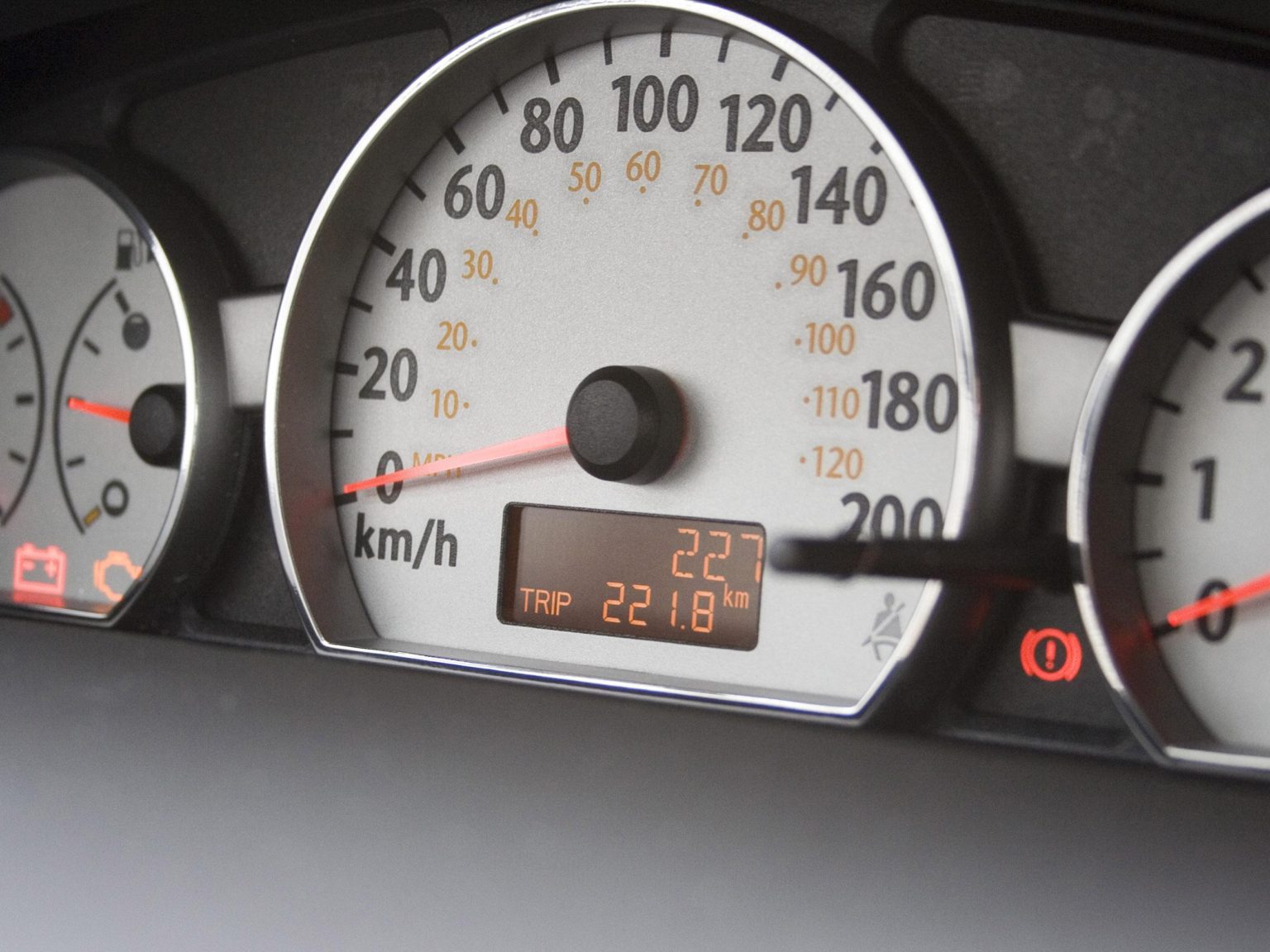You’ve seen it mocked on the silver screen. A car’s odometer displays high mileage and in order to get fewer miles displayed, the villas runs the car in reverse trying to get the miles off of it. Nowadays, that sort of trickery doesn’t work, instead giving way to more sophisticated odometer fraud.
January 1 doesn’t just mark the beginning of the new year. It also marks the beginning of a new National Highway Traffic Safety Administration (NHTSA) rule regarding odometers in regard to title transfers.
Starting January 1, 2021, odometer disclosures will be required for every vehicle transfer of ownership for the first 20 years of the model’s life, beginning with Model Year 2011 vehicles. Model Year 2010 and older vehicles will continue to be subject to the previous 10-year disclosure requirements. Sellers of Model Year 2011 vehicles must continue to disclose odometer readings until 2031.
The aim of the measure is to address an increase in odometer fraud involving older vehicles.
The NHTSA defines odometer fraud as the “disconnection, resetting, or alteration of a vehicle’s odometer with the intent to change the number of miles indicated”. They estimate that more than 450,000 vehicles are sold each year with false odometer readings, a crime that is estimated to cost American car buyers more than $1 billion annually, according to the agency.
On its website, the NHTSA offers the following tips for detecting odometer fraud:
- Examine the vehicle’s title and compare the mileage on it with the vehicle’s odometer.
- Compare the mileage on the odometer with the mileage indicated on the vehicle’s maintenance or inspection records, including stickers on the windshield and door.
- Check to see if the numbers on the analog odometer are aligned correctly. NHTSA advises, “If they’re crooked, contain gaps or jiggle when you bang on the dash with your hand, walk away from the purchase.”
- Check for wear and tear that is consistent with the vehicle’s age and where it was stored and driven. Vehicles with under 20,000 miles on the odometer typically have the car’s original tires while newer models won’t have nearly as much wear and tear on the car’s accelerator and brake pedals.
- Request a vehicle history report and check the odometer for inconsistencies.









